In normal day-to-day operations, we always find terms like steam condensate, gas condensate, oil condensate, and so on. So, the term condensate is widely used in the oil and gas industries. In this article, we will explore the meaning of Condensate, its definition, generations, and implications.
What is a Condensate | Condensate Definition
Condensate is the final liquid product produced by condensation. Whenever any vapor or gaseous phase condenses it produces condensate of that product. So, condensation is mainly related to vapors and gases. For example, the condensation of steam produces steam condensation. In a similar way, the product produced by the chemical condensation reaction is known as chemical condensate.
Condensate is a generic term widely used to describe the liquid phase generated from gas/vapor condensation. Normally the condensate coexists with the gaseous phase and produces a two-phase mixture. Again, condensate can form by condensation of a mixture of a variety of very low-density, very low-viscosity, liquid hydrocarbons along with natural gas. Depending on the product from which they are generated condensate is sometimes termed natural gas condensate, steam condensate, condensate water, etc.
Condensate is formed when the latest heat from any gas, vapor, or steam is removed by chemical reaction or by contact with other cold surfaces.
Properties of Condensate
The important properties associated with any condensate are:
- Molecular Weight: Calculated as a function of the molecular weight of the individual components.
- Density and Specific Volume
- Specific Gravity: Calculated as the ratio of the condensate density to the density of water at the same pressure and temperature. Gas condensate usually has a specific gravity ranging from 0.5 to 0.8.
- API gravity specifically for Petroleum products (Oil condensate has an API gravity ranging from 45 to 70).
- Surface tension to measure the extent of energy stored at the condensate surface.
Depending on the source and the process the condensate is generated, the composition of condensates varies. The appearance of condensate also varies from colorless to yellow or brown.
Typically, petroleum condensates are composed mainly of saturated hydrocarbons like butane, pentane, hexane, etc. They usually contain low Polycyclic Aromatic Hydrocarbons which are generally found in crude oils. Oil condensates have a very low solubility in water but are highly volatile. Due to the low density of petroleum condensates, they float on the sea surface and would begin to evaporate quickly.
Applications of Condensate
In general condensate formation is believed to be bad for steam and other vapors due to the damaging effects of two-phase flows. But in some instances they are useful as listed below:
- For the manufacture of products like gasoline, diesel, jet fuel, heating fuels, etc Condensates are used as refinery feedstocks.
- For the manufacture of ethylene, high paraffin condensates are used.
- To dilute highly viscous heavier oils, condensates are efficiently used.

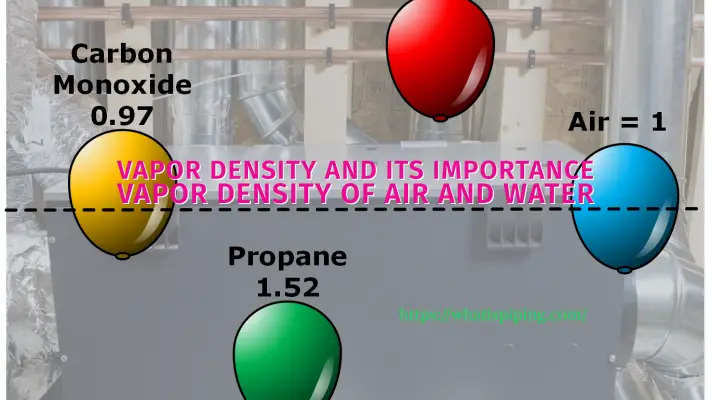

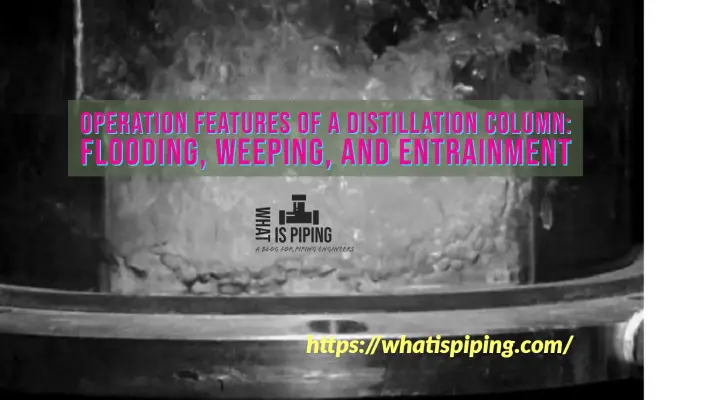
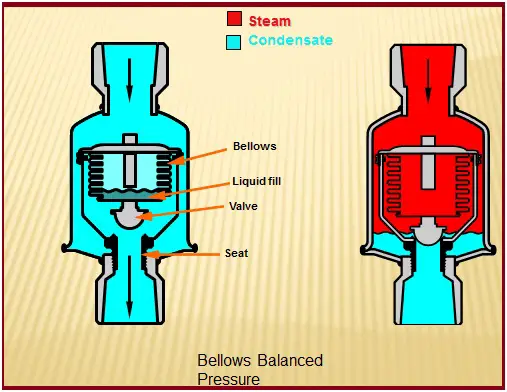
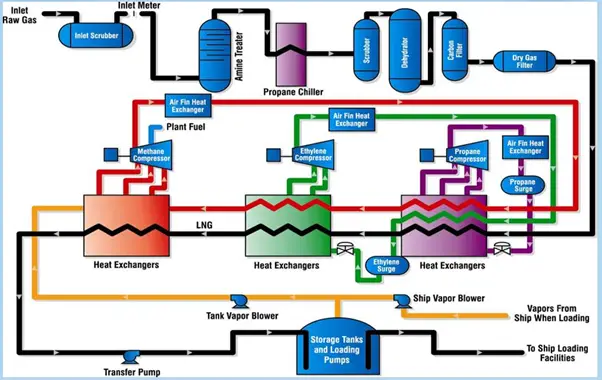

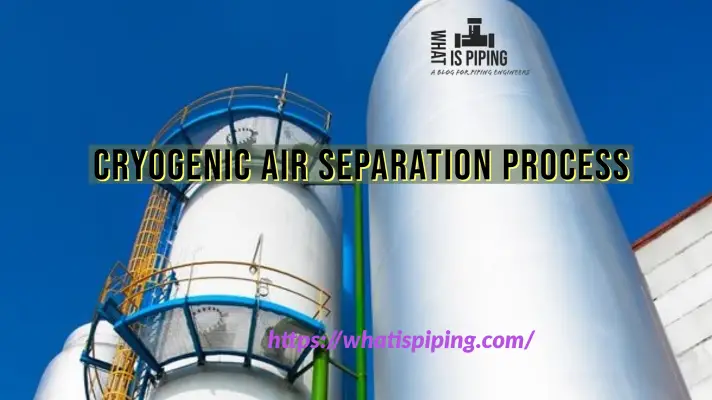
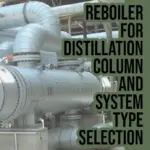
TO
DEAR SIR
I AM INTRESRED OF CONDENSET OIL DISTILLATION PROJECTS I NEED TO KNOW THAT WHICH PRODUCTS WE GET FROM THIS RAW MATERIAL. I HAVE DETAIL FBP TO ALL TEMP. DATA SHEET. IF YOU WILL HELP ME AND FORWARD YOUR MAILSO I CAN FORWARD DATA TO YOU FOR STUDY.